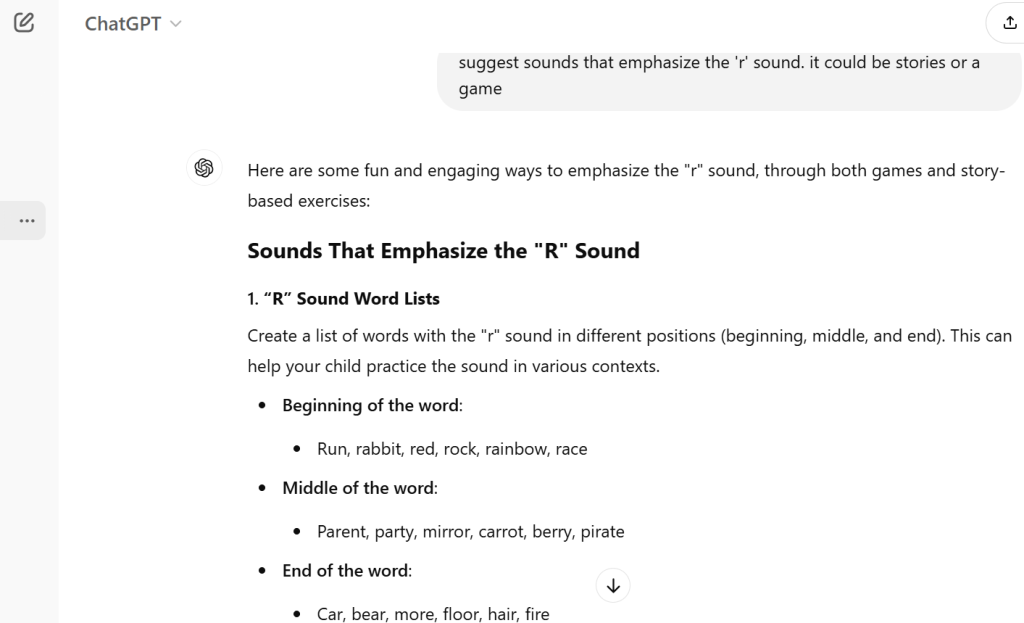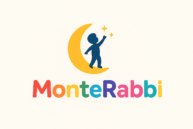As a parent, I know firsthand how challenging it can be to support a child with speech delay.
Let me give you a back story.
When my son Nicholas was young, I spent countless hours searching for speech therapy activities. I jumped from blogs to YouTube videos to ebooks, and also consulted with his speech therapist, making sure we were covering all the bases.

Nicholas was diagnosed as a late talker during the COVID-19 period. It wasn’t easy for us, especially with these added challenges:
- Limited access to therapy: I didn’t have insurance to cover speech therapy, and in Kenya, getting to Getrudes Hospital for regular therapy sessions was tough. It was also expensive, making it difficult to afford frequent visits.
- Travel restrictions: During the lockdown, travel was restricted, which made it even harder to get to the hospital.
- Cost: Speech therapy was expensive, and with the added financial strain, it wasn’t always feasible to go as often as we needed.
- Isolation: Parents with children experiencing speech delay often tend to keep to themselves, making it difficult to compare notes or share experiences with others( It was only when I started posting on Facebook on his successes that parents were bold enough to come out).
- Social Skills: Due to travel restrictions, kids couldn’t hang out together, which meant their social skills—crucial for speech development—were hampered.
Nicholas didn’t start speaking fluently until he was 5, and looking back, I can only imagine how much time and energy I could’ve saved if tools like ChatGPT were available.
Today, parents have an amazing advantage: they can use AI to find activities that keep therapy engaging, consistent, and fresh.
Here are 10 practical ways parents today can use ChatGPT to support their child’s speech therapy. These ideas bring variety and personalization to daily practice—without the stress of constant searching.
1. Create Custom Speech Exercises
ChatGPT can help you create speech exercises tailored to your child’s needs. Whether it’s simple sound repetition or more advanced vocabulary building, just describe your child’s progress and challenges, and the AI will generate relevant activities.
For example, if your child is struggling with the “r” sound, ChatGPT can give you lists of words that emphasize this sound, along with fun ways to practice them through games or stories.

2. Get Suggestions for Fun, Interactive Games
Therapy doesn’t have to feel like a chore. You can ask ChatGPT for interactive games that engage your child while focusing on speech practice. From flashcards to “I Spy” with sounds, there are endless ways to make speech therapy enjoyable.
You can even ask for seasonal or themed games—whether it’s a Halloween scavenger hunt or a treasure hunt to learn new words.
3. Ask for Rhymes and Songs
Children love songs, and music is a great way to improve pronunciation and rhythm. ChatGPT can help you come up with rhymes, jingles, and songs to reinforce the speech therapy your child is receiving. You can also ask for songs that focus on specific speech sounds.

4. Generate Stories with Targeted Vocabulary
If your child is working on certain words, ChatGPT can help you create short, simple stories that use these words repetitively. By asking for stories about specific topics (animals, family, or superheroes), you can increase your child’s exposure to these words in context, making them easier to remember and use.
5. Create Visual and Auditory Exercises
ChatGPT can also help create visual aids or auditory exercises that are aligned with the goals of your child’s speech therapy. For example, you can ask for ideas on how to integrate picture books, videos, or drawing activities that help reinforce the words and sounds your child is learning.
6. Role-play Conversations
Role-playing is a powerful tool for improving conversational skills. ChatGPT can act as a conversational partner, helping your child practice dialogues. You can simulate real-life scenarios like ordering food, talking to a teacher, or having a playdate conversation.
7. Get Help with Speech Milestones
If you’re not sure if your child’s progress is on track, ChatGPT can help you understand key speech milestones for their age. It can also provide guidance on when to seek further professional help if your child isn’t meeting certain milestones.
8. Create a Daily Speech Practice Routine
Consistency is key. ChatGPT can help you create a daily speech therapy routine that fits into your child’s schedule. You can ask for short, 10-15 minute sessions to practice specific areas like articulation, comprehension, or expressive language skills.
9. Connect with Speech Therapy Communities Online
ChatGPT can help you find online forums and communities where other parents and speech therapists discuss strategies and share resources. You can get ideas, ask questions, and find others who understand your challenges.
10. Stay Inspired with Ideas for Progress Tracking
Tracking your child’s progress is vital for seeing improvements and adjusting activities. ChatGPT can help you set up tracking systems, whether it’s a simple spreadsheet, checklist, or even a fun sticker chart that helps keep your child motivated.
With the right resources, like ChatGPT, it’s possible to make speech therapy more accessible, affordable, and personalized for your child. By supplementing your child’s therapy with these tools, you can feel confident that you’re providing them with the support they need to thrive.
I hope this article provides you with the inspiration and practical steps to make the most of ChatGPT in your child’s speech therapy journey. Stay consistent, and remember—you’re not alone in this!
